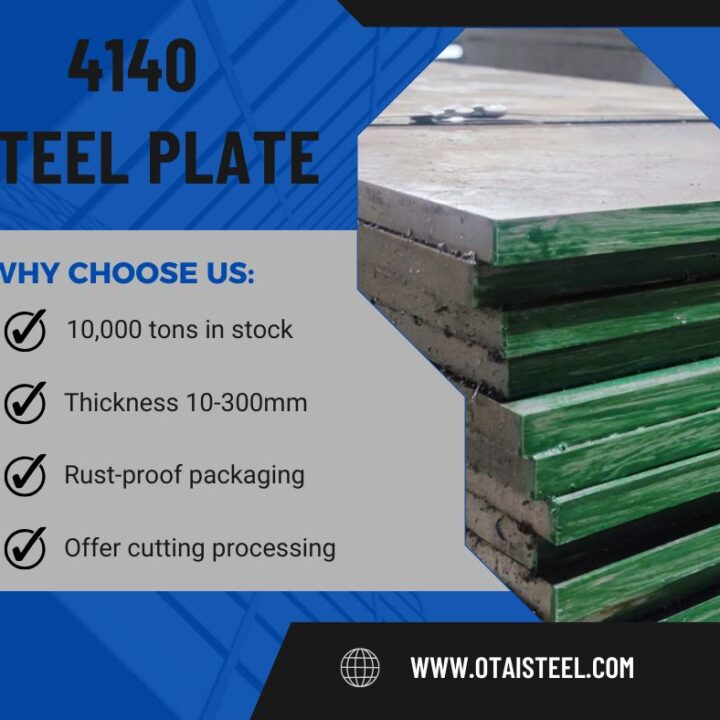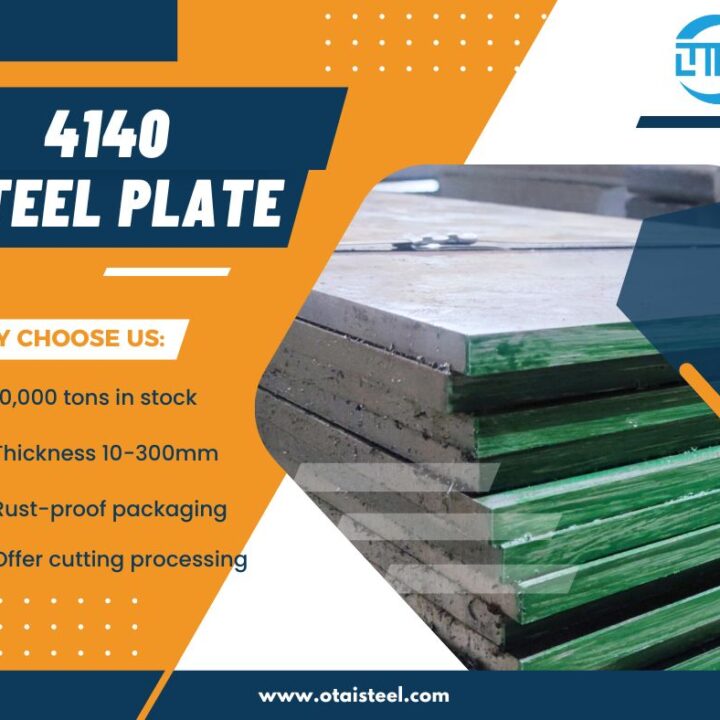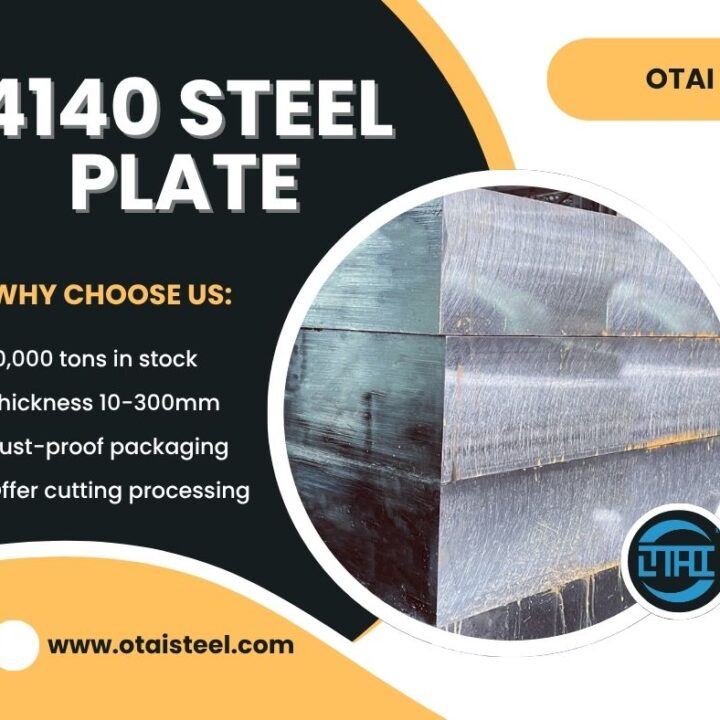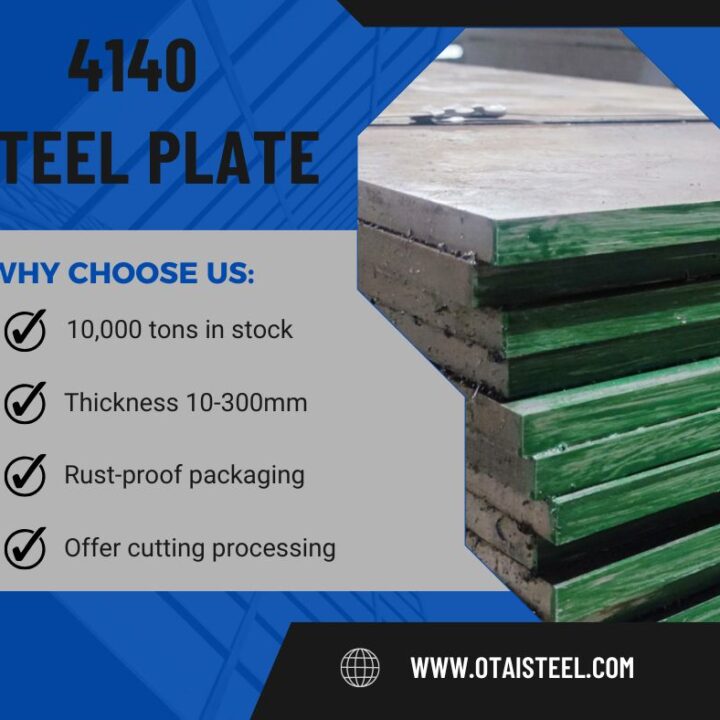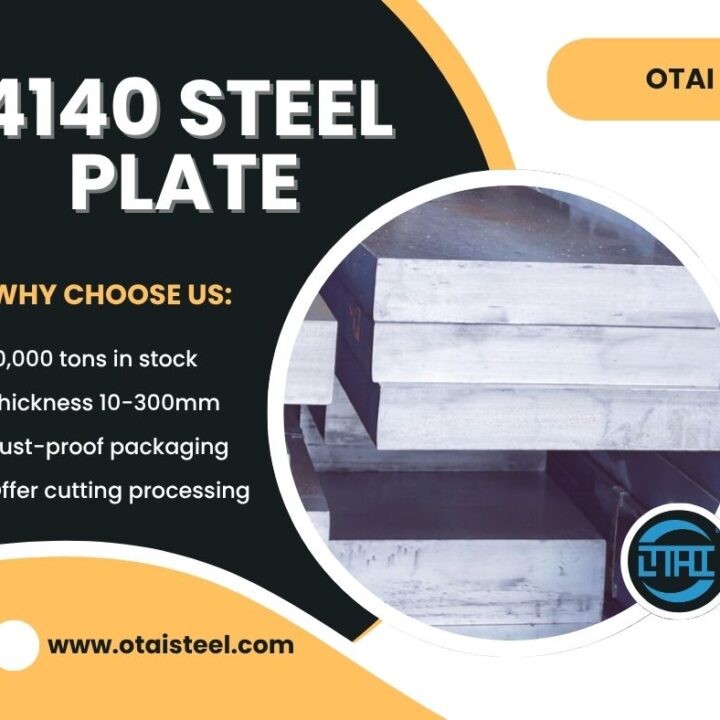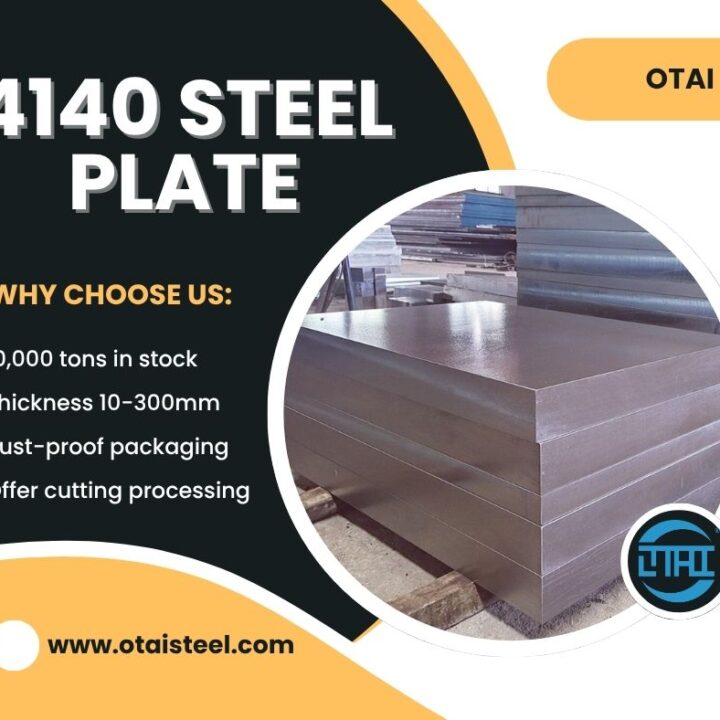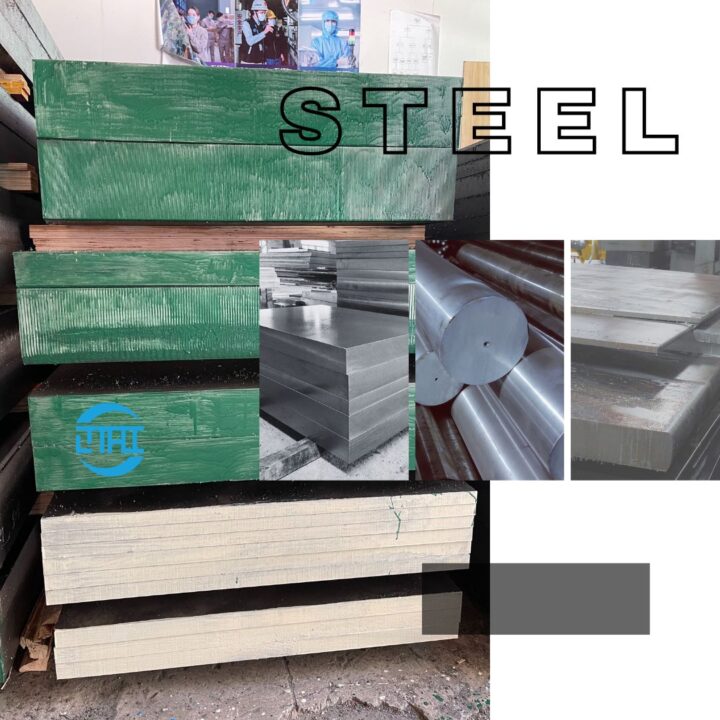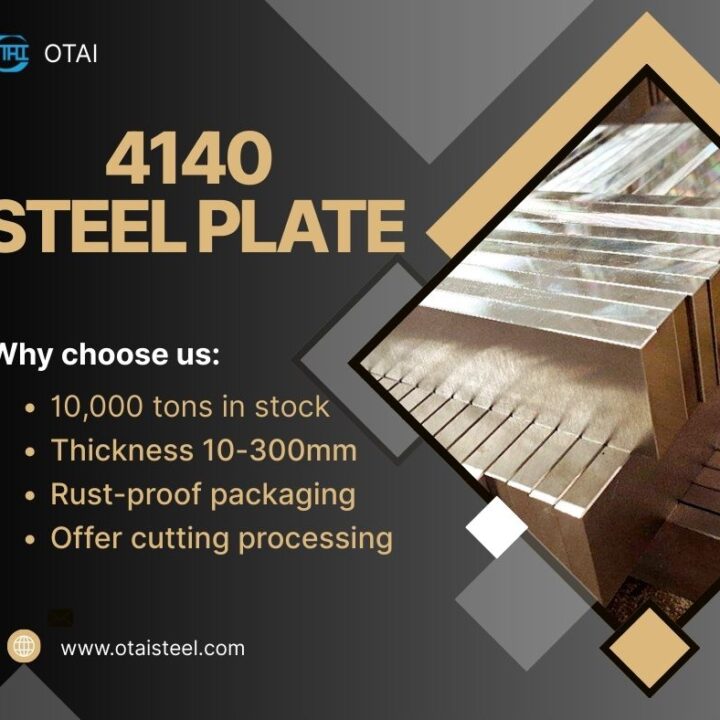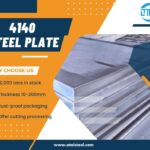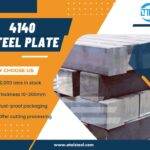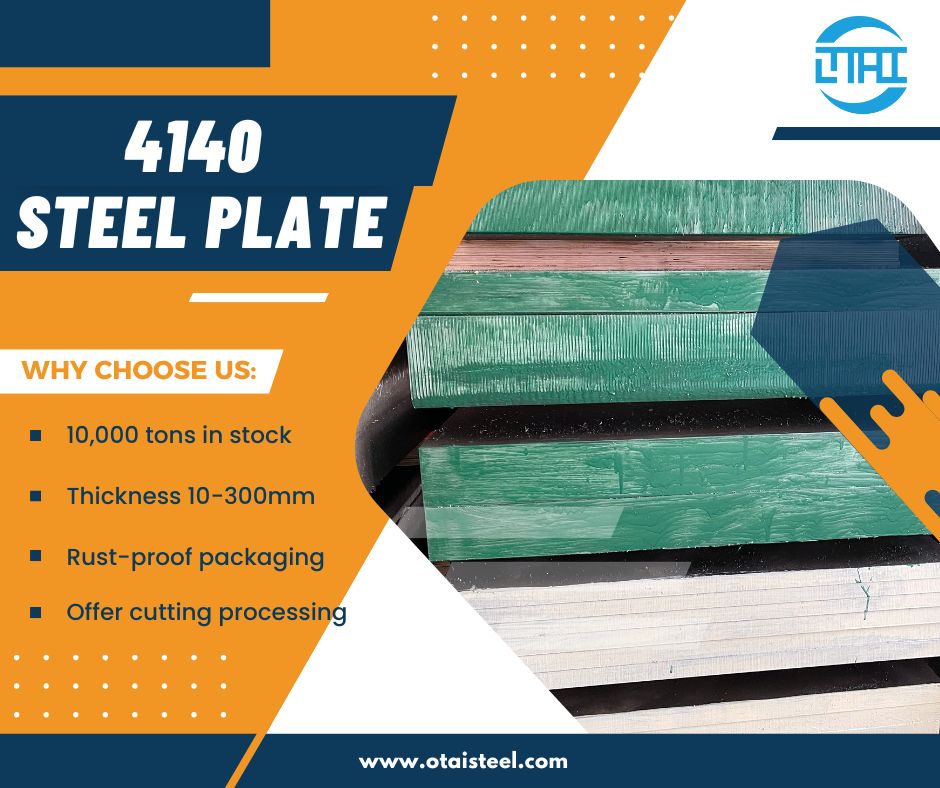 4140 Steel Yield Strength KSI: How Strong is Strong Enough?
4140 Steel Yield Strength KSI: How Strong is Strong Enough?
If you’re designing heavy-duty shafts, gears, or hydraulic parts, you’re probably asking:
💭 “What’s the yield strength of 4140 steel in ksi?”
💭 “Will it bend under pressure—or hold up like a champ?”
💭 “How does heat treatment affect the strength?”
Let’s cut through the noise and look at real data, practical insights, and what you really need to know before choosing 4140 alloy steel for your next high-stress project.
📐 What is Yield Strength, and Why KSI?
Yield strength is the stress level at which a material starts to deform permanently.
Measured in KSI (kilopounds per square inch), it tells you how much pressure 4140 can take before bending out of shape.
Why it matters:
-
It’s the real-world limit before failure begins.
-
It determines whether your shaft bends or survives under repeated loads.
-
It’s critical for engineering safety and material selection.
👉 So when we talk about the yield strength of 4140 steel bar stock, we’re talking about whether your part lives—or fails.
📊 Mechanical Properties: 4140 Steel Yield Strength in KSI
Here’s a detailed table comparing 4140 steel mechanical properties in ksi under different heat treatments:
| Heat Treatment Condition | Yield Strength (ksi) | Tensile Strength (ksi) | Hardness (HRC) |
|---|---|---|---|
| Annealed / As Rolled | 60–75 | 95–110 | ~18–22 |
| Normalized 4140 steel | 75–85 | 110–125 | ~22–26 |
| 4140 Q&T at 28–32 HRC | 95–115 | 140–160 | 28–32 |
| Q&T at 35–40 HRC | 120–140 | 160–180 | 35–40 |
| Q&T + Nitrided Surface | Core same as Q&T | — | Surface: 58–65 |
As shown, the typical yield strength of 4140 steel varies based on hardness—but can exceed 140 ksi with proper heat treatment.
⚙️ Tensile vs Yield: What’s More Important?
Engineers often confuse tensile strength and yield strength.
-
Yield strength tells you when a part starts to bend permanently
-
Tensile strength tells you when a part breaks completely
For most structural parts, shafts, and pressurized components, yield is the real safety threshold.
💡 That’s why many customers specifically request yield strength of 4140 in quenched and tempered condition—it gives predictable performance.
🔧 Applications That Rely on 4140’s KSI Strength
4140 alloy steel is used in everything from oilfield equipment to defense systems.
Here’s where 4140 steel yield strength in ksi makes a difference:
| Industry | Typical Parts | Recommended Yield (ksi) |
|---|---|---|
| Automotive | Axles, crankshafts | 100–130 |
| Oil & Gas | Drill collars, tool joints | 110–140 |
| Aerospace | Mounting brackets, arms | 90–115 |
| Agriculture | PTO shafts, couplings | 85–120 |
| Industrial | Mold plates, machine bases | 75–100 |
| Defense | Gun mounts, breech mechanisms | 120–150 |
We often help customers optimize ksi levels for fatigue resistance, toughness, or machining ease.
🧪 Heat Treatment Changes Everything
4140 steel mechanical properties in ksi can’t be discussed without talking about heat treatment.
-
Annealed 4140 is soft and easier to machine—but not strong enough for heavy stress.
-
Q&T 4140 steel boosts yield strength significantly—up to 140–150 ksi depending on hardness.
-
Nitriding can be applied after Q&T to create a wear-resistant shell while preserving a ductile core.
💬 For high shock or cyclical load applications, we usually recommend Q&T 4140 at HRC 32–36 for optimal yield and toughness balance.
🛠️ Real Case: Gear Shaft for Offshore Rig (Singapore)
One of our clients in Singapore needed to replace 200 mm diameter gear shafts used in deep-water rigs. They were previously using 1045 and experiencing bending under repeated torque.
We suggested 4140 Q&T at 32 HRC, with certified yield strength above 130 ksi.
📈 Results after 9 months:
-
No deformation observed
-
Gear teeth remained perfectly aligned
-
Saved ~20% downtime compared to prior material
Now they’ve standardized their shafts with Otai-supplied 4140 Q&T bar stock 💪
🚛 Why Choose Otai for 4140 Steel?
When it comes to sourcing yield-strength-certified 4140 steel, we go beyond just selling metal:
- Over 10,000 tons of 4140 in stock year-round
- Delivered in as-rolled, normalized, Q&T, or custom hardness
- Cut-to-length service with tight tolerances
- All bars UT-tested and chemically certified
- Optional nitriding, black oxide, or surface prep
- Global shipping with SGS or customer-inspected shipments
- Clients include Thyssenkrupp, Borealis, Schlumberger
📩 jack@otaisteel.com
📱 WhatsApp: +8676923190193
We’re your one-stop shop for steel that performs—not just looks good on paper.
🙋 FAQs – 4140 Steel Yield Strength KSI
Q1: What is the yield strength of 4140 steel Q&T at 32 HRC?
👉 Typically 120–130 ksi, depending on cross-section and heat treatment precision.
Q2: Is 4140 stronger than 1045?
Yes. In Q&T condition, 4140 can have double the yield strength of 1045 carbon steel.
Q3: How do I test the actual ksi rating of 4140 alloy steel?
Ask your supplier for mill test reports (MTR) showing tensile and yield values. At Otai, we provide this by default.
Q4: Can you control the hardness to hit a target ksi range?
Yes! We offer heat treatment to match your required yield strength, from 85 to 150 ksi.
Q5: Is higher ksi always better?
Not always. Over-hardened 4140 can become brittle. You need the right balance of yield strength and toughness.
